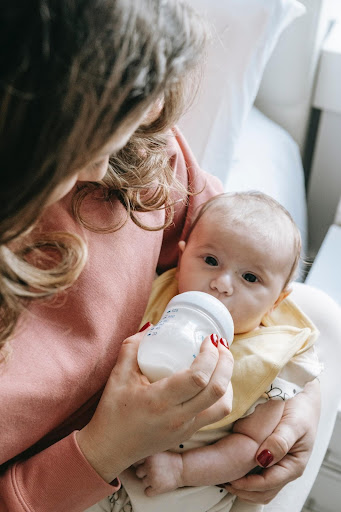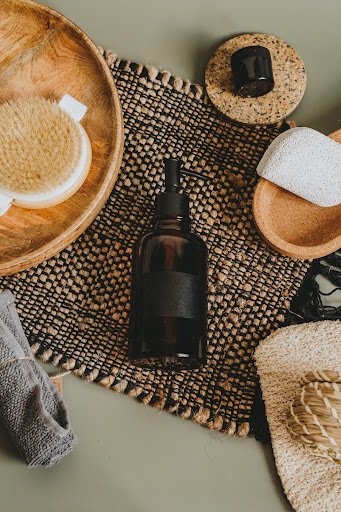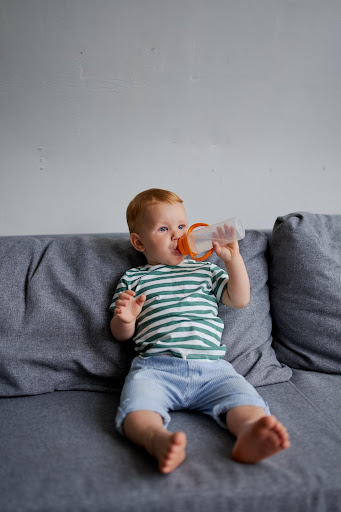When it comes to feeding your baby, finding the right bottle is essential. Baby feeding bottles play a crucial role in ensuring your little one receives proper nutrition and remains comfortable during feeding sessions. With a wide variety of options available in the market, it can be overwhelming for parents to make the right choice. In this comprehensive guide, we will explore everything you need to know about baby feeding bottles, including their types, features, benefits, and how to choose the best one for your baby’s needs. Let’s dive in!
 Baby Feeding Bottles: What Are They?
Baby Feeding Bottles: What Are They?
Baby feeding bottles are specially designed containers with nipples or teats attached, allowing parents to feed their infants with formula milk, expressed breast milk, or other liquids. These bottles provide a convenient and safe way to deliver nourishment to babies who are not yet able to feed directly from the breast. They come in various sizes, shapes, materials, and features to accommodate different feeding preferences and developmental stages.
Types of Baby Feeding Bottles:
Standard Bottles:
Standard baby feeding bottles are the most common type and are widely available. They typically feature a straight cylindrical shape with a narrow neck and come with different nipple options. Standard bottles are suitable for most babies and are easy to clean and assemble.
 Wide-Neck Bottles:
Wide-Neck Bottles:
Wide-neck bottles have a broader opening, making them easier to fill and clean. They mimic the shape of a breast, which can be beneficial for babies who switch between breastfeeding and bottle feeding. Wide-neck bottles are often recommended for babies who have difficulty latching onto traditional narrow-nipple bottles.
Anti-Colic Bottles:
Anti-colic bottles are designed with special features, such as venting systems or air vents, to reduce the intake of air during feeding. This can help minimize colic, gas, and discomfort in babies. These bottles are ideal for babies who are prone to digestive issues or fussiness during or after feeding.
 Glass Bottles:
Glass Bottles:
Glass baby feeding bottles are becoming increasingly popular due to their durability, ease of cleaning, and resistance to scratches and stains. They are a safe and eco-friendly alternative to plastic bottles, as they do not contain harmful chemicals such as BPA. Glass bottles are suitable for parents who prioritize sustainability and prefer a more hygienic option.
Disposable Bottles:
Disposable baby feeding bottles are convenient for travel or situations where washing and sterilizing bottles may not be feasible. These bottles are pre-sterilized and typically come with a disposable liner or bag that can be discarded after each use. Disposable bottles are convenient for parents on the go but may not be as cost-effective in the long run.
Benefits of Using Baby Feeding Bottles:
Flexibility for Feeding:
Baby feeding bottles provide flexibility for parents, allowing them to feed their babies with formula milk or expressed breast milk. This is especially beneficial for mothers who are unable to breastfeed directly or need to supplement their baby’s diet.
 Bonding Opportunities:
Bonding Opportunities:
Feeding your baby with a bottle creates an opportunity for parents and caregivers to bond with the baby during feeding sessions. It allows for eye contact, skin-to-skin contact, and nurturing interactions, fostering a strong emotional connection between the caregiver and the baby.
Easier Transition:
Baby feeding bottles can facilitate a smoother transition from breastfeeding to bottle feeding or vice versa. Wide-neck bottles or bottles with nipples that mimic the shape and flow of a breast can help babies adjust more easily when switching between breast and bottle.
Feeding on Demand:
Bottles provide a convenient way to feed your baby on demand, allowing you to respond promptly to their hunger cues. Whether you are breastfeeding or using the formula, having a bottle ready ensures that your little one can be fed whenever they need it, even if you are not available to nurse at that moment.
Monitoring Intake:
Using baby feeding bottles allows you to accurately measure and monitor your baby’s intake of milk or formula. This is particularly useful for tracking their feeding patterns and ensuring they are receiving an adequate amount of nourishment for their growth and development. It also enables healthcare professionals to assess your baby’s feeding habits if there are any concerns.
Choosing the Best Baby Feeding Bottle:
Consider Your Baby’s Age and Development:
When selecting a baby feeding bottle, consider your baby’s age and developmental stage. Newborns may benefit from bottles with slow-flow nipples, while older babies may require faster flow rates. Some bottles are specifically designed for different stages, with nipples that adapt to your baby’s changing needs as they grow.
Nipple Material and Shape:
Pay attention to the material and shape of the nipple. Silicone nipples are soft, durable, and easy to clean, while latex nipples are softer and more flexible. Consider your baby’s preference and any potential allergies or sensitivities. Nipple shapes can vary, so choose one that closely resembles the shape of your breast or the one your baby is most comfortable with.
Ease of Cleaning and Assembly:
Opt for baby feeding bottles that are easy to clean and assemble. Look for bottles with minimal parts and wide openings that allow for thorough cleaning. Bottles that are dishwasher-safe or come with specially designed brushes for cleaning are convenient options for busy parents.
Anti-Colic Features:
If your baby tends to experience colic or digestive discomfort, think about drinking vessels with air vents or venting devices for anti-colic protection. These features help reduce the intake of air during feeding, minimizing gas and colic symptoms.
 Safety and Durability:
Safety and Durability:
Ensure that the baby feeding bottles you choose are made from safe and non-toxic materials, such as BPA-free plastic or glass. Check for any product certifications or safety standards to ensure they meet the necessary requirements. Additionally, opt for bottles that are sturdy and resistant to leaks or spills, ensuring the safety of both you and your baby.
Conclusion:
Choosing the right baby feeding bottle is an important decision that can significantly impact your baby’s feeding experience. Consider the different types of bottles available, their features, and your baby’s specific needs when making a selection. Remember to prioritize safety, convenience, and comfort to provide your little one with a positive feeding journey. With the perfect baby feeding bottle in hand, you can nourish your baby while creating special bonding moments that will last a lifetime.




